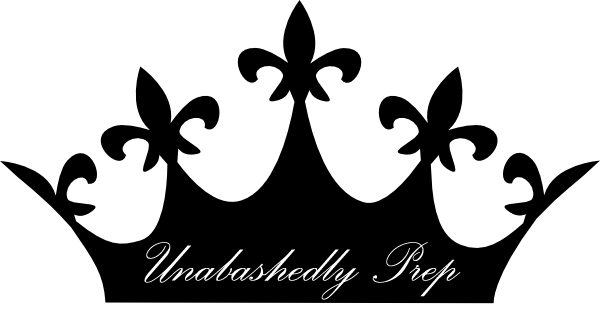People have artistic tendencies but that does not mean everyone can come up with something really artistically mind-blowing worthy enough of people actually spending money to buy such works of art. Only a few are gifted with artistic talents and sensibilities and not all artists are as good as the rest. A few manage to excel above the rest and they gift the world with real art that you can hang on museums and show off to the world. Over the centuries, there has been a long list of artworks that we have seen come and go. Some have been purchased by rich art collectors to be displayed in their homes or private spaces while some are maintained in public institutions such as museums and art galleries.
 Unfortunately, these artworks are always in danger of neglect and possible selling to private collectors because the government is unable to pay for its upkeep or because of various issues these organizations are facing that has to deal with government bureaucracy from time to time. It is a chronic issue as policies usually change whenever a new public official is elected into office. If the government can set aside sufficient funding for the arts, everyone can have the chance of viewing these precious art pieces even if they can’t afford to buy these things by themselves. They may even be regarded as national treasures as artists often draw, paint, or sculpt whatever they see in their surroundings, thereby making their artwork as mementos of the past.
Unfortunately, these artworks are always in danger of neglect and possible selling to private collectors because the government is unable to pay for its upkeep or because of various issues these organizations are facing that has to deal with government bureaucracy from time to time. It is a chronic issue as policies usually change whenever a new public official is elected into office. If the government can set aside sufficient funding for the arts, everyone can have the chance of viewing these precious art pieces even if they can’t afford to buy these things by themselves. They may even be regarded as national treasures as artists often draw, paint, or sculpt whatever they see in their surroundings, thereby making their artwork as mementos of the past.
It ultimately raises the question of whether Government should fund the arts at all.
This gets back to the issue of value. In Victorian days Phythian expressed a view which was widely accepted: that arts are not a luxury; they are part of what we are as individuals and define the societies in which we live. For centuries the value of artistic and cultural expression was not challenged. For sure, it used to be the preserve of the Church and was deployed to express the ineffable power and majesty of the deity.
And there has been a running debate about what constitutes art and the extent to which “quality” matters.
One of the reasons why public funding is always an issue to the arts is because officials would always ask for the return on investment when it comes to setting aside money for art maintenance and promotion. The thing is that the value of artworks and art pieces can’t just be simply gauged and you have to take into consideration its value as a part of our history and the many stories it tells. If you just look at it as an object, it may be hard for you to realize that a simple painting is worth millions of dollars or that people would fight over it for real.
Carrie Bradshaw famously joked that she liked her money right where she could see it—hanging in her closet. But what about hanging your money on your walls? Art as investment is an increasingly popular practice, but one that is quite controversial. While investors are often eager to make a quick buck over a few years and some artists are jumping at the opportunity to cash in on that eagerness, others in the art world are appalled at the notion.
(Via: http://life.executive-magazine.com/art-culture/artists/the-value-of-art)
Celebrities are known art collectors too especially the ones who can already afford to fill their homes with intricate and expensive art pieces that take their home’s aesthetic to the next level. While the government fails to see the value of the arts now and then because of the constant changing of public officials in charge of these institutions as they can’t cash out on these artworks, sellers enjoy hefty profits from private collectors who understand how great of an investment art pieces are especially if it is done by a popular artist who already passed away, as their value increase even more. The art is more than just meets the eyes and the government should stop seeking for easy money because the value of the arts lies in its very existence as the majority of them can never be replicated and enjoy still the same market value.
